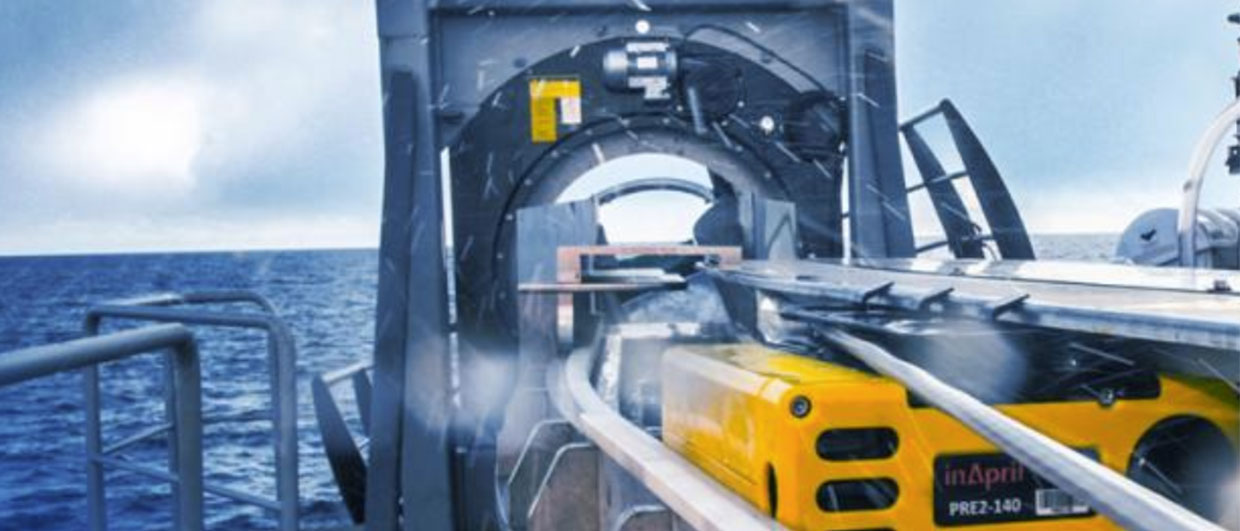Located in the northwest Danish offshore are two discoveries in two completely different subsurface settings. On one end is the Solsort discovery, reservoired in Paleocene sandstones of the Siri Canyon play, and on the other end is the Hejre discovery that hosts oil and gas in Upper Jurassic sandstones under HPHT conditions. Both assets are operated by Ineos and may see accelerated development.
Solsort
With Ineos taking over the operatorship of Hess’ South Arne asset as announced last week, the development of the Solsort discovery has probably been further de-bottlenecked, as South Arne is the most likely candidate for a Solsort tie-back.
Solsort was discovered in 2010 through drilling Solsort-1 (5504/26-5) by then operator Dong Energy. The oil discovery was further appraised by three side tracks drilled from the parent well, radiating in different directions, of which one had a step-out of almost 5000 ft. Another appraisal well was drilled in 2013 – Solsort-2 (5604/26-6) by Ineos – approximately 2.5 km to the southwest of Solsort-1. Although the parent well did encounter oil, the two side tracks were dry.
Unless a dedicated production platform will be installed for Solsort, it is likely that only the western part of the discovery will be able to be put on production if the development well will be drilled from existing Arne facility.
Solsort is the westernmost accumulation in the Siri Canyon play, where Ineos has got a significant stake already, including the Nini West field that is in the process of being converted to a CO2 storage site (Greensands project).
The South Arne field is an Upper Cretaceous Chalk oil field that was discovered in 1969 but it took about 30 years before first oil from this 125 MMboe accumulation came to market. Similar to Ekofisk, imaging of the field was hampered by a gas cloud, but the wells drilled through it in the 1990’s proved a much thicker Chalk reservoir than had previously drilled. In 2010, Hess and partners sanctioned the Phase III development whereby 11 new wells were drilled and two new wellhead platforms were installed, aiming to extract an additional 15 MMboe.
Acceleration of Hejre development?
As Ineos puts it in the press release, “the acquisition of Hess’ assets strengthens Ineos’ portfolio and provides opportunities for organic growth and unlocks operational and cost synergies in the basin.” This could be interpreted that on the back of tying Solsort to South Arne, the development of Hejre could be accelerated, even though Ineos is already working on Hejre first oil according to the company website.
The Hejre discovery, located about 20 km to the northwest of Solsort, was discovered in 2001 by operator Dong Energy through drilling Hejre-1 (5603/28-4). It proved oil and gas in Upper Jurassic Fulmar-type sandstones at a depth of around 5,100m. Well Hejre-2 (5603/28-5) was drilled in 2005, probably more downdip, as the well only proved oil. With a reported recoverable volume of 163 MMboe, this accumulation certainly has great potential.
Due to its HPHT nature, Hejre requires a complex production system. This may have been the reason for previous operator Dong Energy to finally scrap the development plan in the years 2015-2017 even in a situation where five development wells had already been drilled, a pipeline laid and a jacket foundation being placed.
Will Ineos now manage to bring the two fields on stream? If so, it will surely be a boost to Danish output for a while.
HENK KOMBRINK
This article benefited significantly from input from Charlotta Lühtje – GeoScandia.




